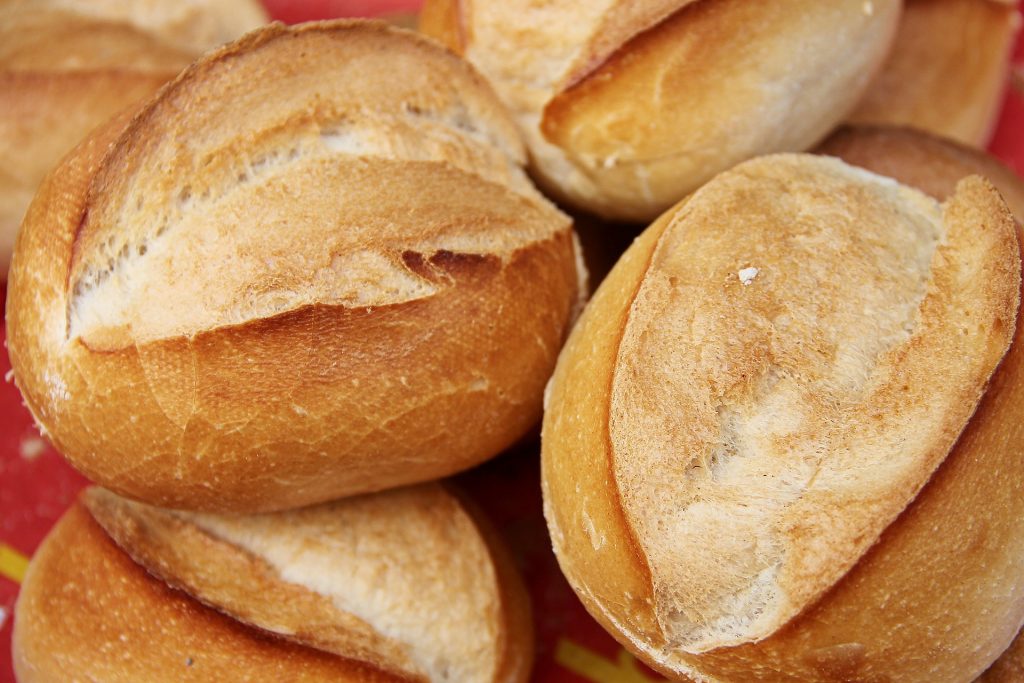Ever since we were young, we’ve been told to avoid soda, candies, and chips in favor of food like fruits and vegetables. As we grow older, we understand why: too much sugar can lead to diseases like diabetes, while too much sodium can lead to heart problems later in life.
Another reason most people don’t know, however, is because of empty carbohydrates and calories. While it’s OK to sneak some cheat food every now and then, too much empty carbohydrates and calories consumption can be bad for your health in the long run.
Carbohydrates vs. Calories
Carbohydrates are sugars, starches, and fibers found in grains, vegetables, and milk products. These are important for a healthy diet because it’s one of the main ways (apart from protein and fat) for your body to obtain energy or calories.
Calories, on the other hand, are the unit of energy which measures the amount of energy you get from consuming a certain food or drink. A small apple, for example, has 78 calories, while a Big Mac from McDonald’s has 257 calories. While an apple is healthier than fast food burger, if a person is doing strenuous activity and requires more energy (say, for example, a construction worker at a building site), then it is more practical for them to eat the one that provides more calories because those calories will be put to use. But if a person is at home and doing nothing for the whole day that requires a lot of energy, the apple can suffice.
Empty Carbohydrates

While carbohydrates can come from many types of food, some food sources are healthier than others. For example, your daily white bread is a good source of carbohydrates to start your morning. However, it’s full of white sugar and preservatives that make it unhealthy. Compare this to healthier white bread alternatives like pita bread which has roughly the same amount of carbs but almost no sugar.
Empty carbohydrates are foods that technically still have carbs, but it’s been processed in such a way that all the other nutrients have been stripped away. The best example of this is white rice and brown rice. Brown rice are grains that haven’t been husked and processed, so the bran and germ are still intact, while white rice has these removed. Aside from the different flavor, white rice is stripped of the vitamins and fiber because these are found in the bran and germ. So, by the time it becomes white rice, you’re simply eating it for the starch and carbohydrates. Whereas you would have been eating more nutritious carbohydrates with brown rice.
In fact, most processed grains are empty carbohydrates because most of the natural nutrients have already been stripped away. This is why many food manufacturers advertise their processed grains as “fortified” or “enriched” or anything to suggest there are added nutrients to make up for the lost nutrients.
Empty Calories
Empty calories are similar to empty carbohydrates in a sense that they do provide calories but offer little to no nutrients. These calories come from fats and sugars added into food. While it offers additional calories, it doesn’t offer any nutritional benefits and, when consumed in large amounts, can be detrimental to your health.
For example, take a look at soft drinks. A can of Sprite has 146 calories, but most of it comes from the corn syrup added to the drink. Aside from this, you’re only drinking carbonated water, flavoring, and preservatives – none of which have barely any nutritional value. Other examples of food with empty calories is in candies, sweetened artificial drinks, sugary cereals, pizzas loaded with salty toppings and fried meat.
How to Avoid Empty Carbohydrates and Calories

A small amount of empty carbs and calories in your diet is OK as long as you eat a balanced meal of healthier food filled with more nutrients. Eating too much fat, sugars, starch, and carbs may require you to exercise or perform some heavy lifting if you want to avoid buildup in your body that can lead to obesity, nutrient deficiency, and other diseases and bodily conditions that come from these.
While the average healthy diet may always have empty carbs and calories (e.g. whole milk contains empty calories but also provides calcium and fat), the best way to avoid bad carbs and calories is to watch what you eat. Processed food will always have more empty carbohydrates and calories than fruits, vegetables, nuts, and other natural foods. Also, fried food has more empty calories because of the fat added to the food.
You can also consider going on low-carb, Keto, or any diet that restricts you to avoid certain types of food or only eat a pre-determined amount of food depending on your daily activities. However, not all diets are effective for all body types, nor are all of them safe. If you’re interested in starting on a diet, it’s best to consult with a nutritionist about what’s best for your body before starting.
Empty carbohydrates and calories aren’t the healthiest choices when planning your meals, but it’s OK to eat these in moderation as long as you balance it out with a healthy diet and regular exercise. These provide you with some amount of energy to get through the day, but that’s about it. You’re better off eating other healthy foods that provide the same amount of energy and more nutrients to help improve your health.

